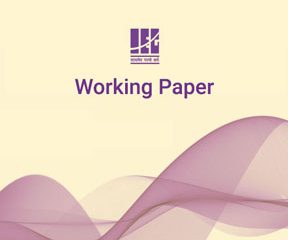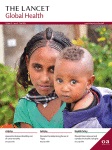
COVID-19 and the unequal distribution of poverty risks: Evidence from Urban India
Abstract
This paper investigates poverty transitions and household predictors associated with different states of poverty transitions in India during the pandemic’s first year (2020). Following the unexpected shock brought on by COVID, economic activity slowed down, presumably pushing many households into poverty. For poverty alleviation programmes, it is important to identify households that fell into poverty during COVID and remained in poverty subsequently. Our findings indicate that urban households were more severely affected, and about 19% individuals in urban areas who were not poor in the pre-COVID period (2019) qualified as poor in the COVID period. Estimating a multinomial logit model for urban households our analysis finds that vulnerable castes relative to upper castes had a higher probability of falling into poverty and remaining there. Moreover, households at the lower end of the expenditure distribution and those with household members with lower levels of education were more prone to falling back into poverty and more likely to remain in poverty. These findings suggest that those who were most vulnerable sustainably suffered the most; as a result, the pandemic worsened socio-economic gaps that already existed across households.
Find on this page
Contact Us
Institute of Economic Growth, University Enclave, University of Delhi (North Campus),
Delhi 110 007, India
contact-us@iegindia.org
+91-11-27666364/6367, 27667101/7288/7365/7424
+91-11-27667410




